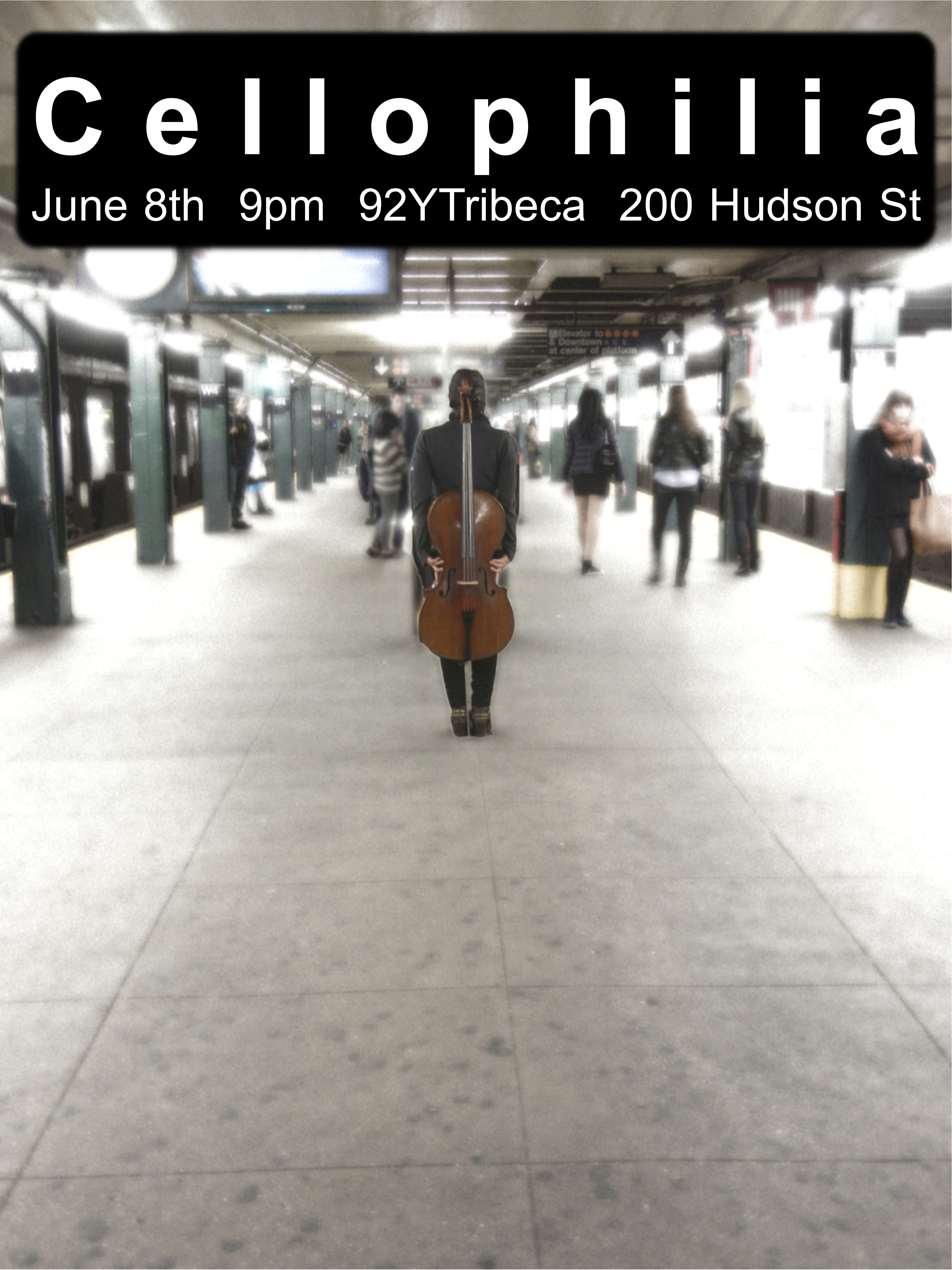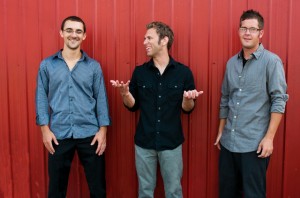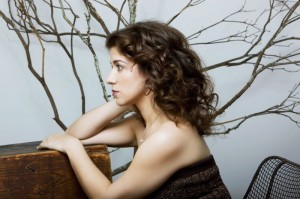Pictured: Chai Shuai 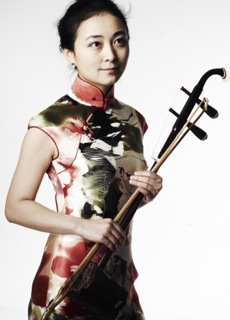
Performing a program entitled Dialogue between the Traditional and the Modern, including folk and Chinese Opera works as well as contemporary works by both Chinese and Western composers such as Xie Wenhui and Victoria Bond, the Chinese Hua Xia Chamber Ensemble (pronounced HWA SHA) makes their Lincoln Center debut at Alice Tully Hall on Monday, May 7 at 7:30pm.
Founded in 1995, and currently touring the United States with performances in New York and Boston, the Chinese Hua Xia Chamber Ensemble of the China Conservatory has become one of the most dynamic and technically impressive chamber ensembles of China. Under the strong leadership of Professor Zhang Weiliang and Maestro Tsung Yeh, the ensemble has achieved international acclaim. Its musicians, who are mainly young conservatory teachers, have won numerous instrumental competition awards in China and abroad. Their repertoire ranges from traditional Chinese folk music and Chinese opera music to contemporary Chinese and international classical music. The ensemble has recorded several CDs and has performed in the United States, France, Portugal, Australia, and in Asia and Africa. For this performance, the program will feature six world premieres commissioned by the ensemble for this US tour.
The Program includes:
Lang Tao Sha (Traditional)
Feng Qiu Huang, by Liu Qing (World Premiere)
Five Impressions, by Gao Ping (World Premiere)
Wild Geese in the Sandbank (Traditional)
Graceful, by Wang Dan Hong (World Premiere)
Nodes, by John Mallia (World Premiere)
Deep Night (Traditional Chinese Opera)
Less, but More, by Xie Wen Hui (World Premiere)
Bridges, by Victoria Bond (World Premiere arrangement for this ensemble)
Victoria Bond talks about her piece Bridges and its newly expanded arrangement:
“Bridges is something I wrote for John Yeh, clarinetist for the Chicago Symphony. He is of Chinese ancestry, born in this country, and he  and I have known each other ever since we were in school together. He also had an ensemble that was composed of both Western and Chinese instruments, so I wrote it orignially for him, for quartet–clarinet, bass clarinet, erhu, and pipa. Then, when I got a request from the China conservatory, I made an expanded arrangement so that now it encompasses several other Chinese instruments such as ediza (another flute) and a number of western instruments–violin, cello, piano and percussion, which consists of both Western and Chinese percussion instruments. Even though the title is really a philosophical one, bridging East and West, I decided to base it on several real bridges, such as the Brooklyn Bridge, the Golden Gate Bridge, the Stone Bridge in China, and a railroad trestle bridge, and the story behind that is that 2 of the Chinese instruments, the erhu and the pipa, sound to me like banjo and fiddle, and it reminded me of a connection to American bluegrass and country music. It uses both American folk and Chinese folk music which are both largely related through the pentatonic scale, so making a merger between those two musics was not that far-fetched, both because of the timbre and of the nature of the music itself.”
and I have known each other ever since we were in school together. He also had an ensemble that was composed of both Western and Chinese instruments, so I wrote it orignially for him, for quartet–clarinet, bass clarinet, erhu, and pipa. Then, when I got a request from the China conservatory, I made an expanded arrangement so that now it encompasses several other Chinese instruments such as ediza (another flute) and a number of western instruments–violin, cello, piano and percussion, which consists of both Western and Chinese percussion instruments. Even though the title is really a philosophical one, bridging East and West, I decided to base it on several real bridges, such as the Brooklyn Bridge, the Golden Gate Bridge, the Stone Bridge in China, and a railroad trestle bridge, and the story behind that is that 2 of the Chinese instruments, the erhu and the pipa, sound to me like banjo and fiddle, and it reminded me of a connection to American bluegrass and country music. It uses both American folk and Chinese folk music which are both largely related through the pentatonic scale, so making a merger between those two musics was not that far-fetched, both because of the timbre and of the nature of the music itself.”
Performers include: Huang Mei (guqin); Wang Yidong (Chinese percussion); Mark Baekbum Yee (cello); Chai Shuai (erxian & erhu); Qiu Ji (zheng); Ge Yong (pipa); Chen Yue (flute); Wu Huanghuang (yangqin); Huang Mei (ruan); Chen Yue (flute); Tomoya Aomori, Justin Doute (western percussion); Zhang Weiliang (xiao); Han Shi (violin), Eric Umble (clarinet), Sun Pei (piano). Tsung Yeh, conductor, Zhang Weiliang Artistic Director. Zhao Talimu, President of China Conservatory, serves as leader of this delegation.
(more…)
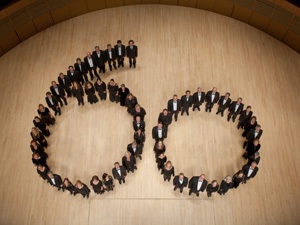 Tuesday evening in New York City, Edmonton is taking Carnegie Hall by storm.
Tuesday evening in New York City, Edmonton is taking Carnegie Hall by storm.

